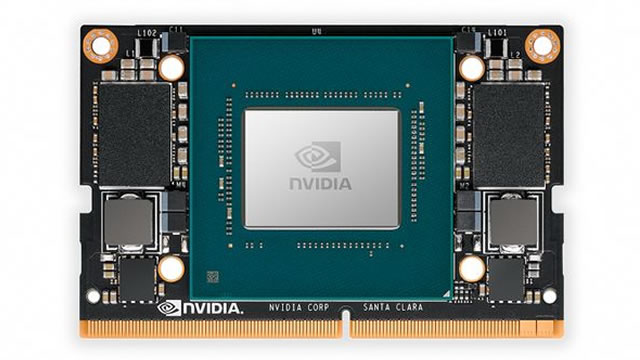Nvidia’s GPUs: The Game-Changer in Artificial Intelligence
Nvidia, a pioneering technology company, has been at the forefront of the artificial intelligence (AI) revolution. Their significant contribution to the realization of AI as a viable platform has propelled the company from the brink of bankruptcy to a staggering market capitalization of over $3.2 trillion.
The Role of GPUs in AI
The turning point for Nvidia came with the recognition of the importance of Graphics Processing Units (GPUs) in AI. GPUs, initially designed to render images for computer graphics, are exceptionally good at performing parallel computations. This property makes them perfect for handling the complex mathematical calculations required in AI and deep learning algorithms.
Before GPUs, CPUs (Central Processing Units) were the primary choice for handling computational tasks. However, CPUs were not optimized for the parallel nature of AI computations. This limitation led to inefficiencies and longer processing times, making it challenging to scale AI applications.
A New Era in Computing
Nvidia seized this opportunity and began producing GPUs specifically designed for AI and deep learning applications. These GPUs offered a significant performance boost, enabling researchers and developers to make substantial strides in AI development. This, in turn, led to a surge in interest and investment in AI, transforming it from an academic pursuit to a commercial reality.
Impact on Nvidia
Nvidia’s strategic focus on GPUs for AI applications has proven to be a lucrative decision. The company’s revenue from its Data Center business, which includes sales of GPUs for AI, has grown exponentially. In Q1 2021, Nvidia reported a 67% year-over-year increase in Data Center revenue, reaching $3.11 billion.
Impact on Individuals
For individuals, the impact of Nvidia’s GPUs in AI is profound. They have enabled the development of advanced AI applications that improve our daily lives. For instance, they power voice assistants like Siri and Alexa, enable real-time translation services, and facilitate personalized recommendations on streaming platforms.
- Improved healthcare: AI-powered diagnostics and drug discovery
- Autonomous vehicles: Enhanced safety and efficiency
- Personalized education: Tailored learning plans
- Enhanced gaming: Realistic graphics and AI-driven opponents
Impact on the World
The impact of Nvidia’s GPUs on AI extends beyond individuals to the world at large. They have the potential to revolutionize industries, from healthcare and education to manufacturing and transportation. Here are some potential applications:
- Smart cities: Real-time traffic management and public safety
- Manufacturing: Predictive maintenance and quality control
- Agriculture: Precision farming and crop optimization
- Energy: Predictive maintenance and optimization of power grids
Conclusion
Nvidia’s GPUs have undeniably played a pivotal role in the realization of AI as a powerful and viable platform. Their strategic focus on GPUs for AI applications has not only transformed Nvidia’s fortunes but also opened up a world of possibilities for individuals and industries. As AI continues to evolve, Nvidia’s GPUs will undoubtedly remain at the heart of this transformative technology.
In conclusion, Nvidia’s GPUs have ushered in a new era of computing, powering AI applications that improve our lives and transform industries. Their impact on Nvidia’s financial success and the potential benefits for individuals and the world make for an exciting and promising future.





